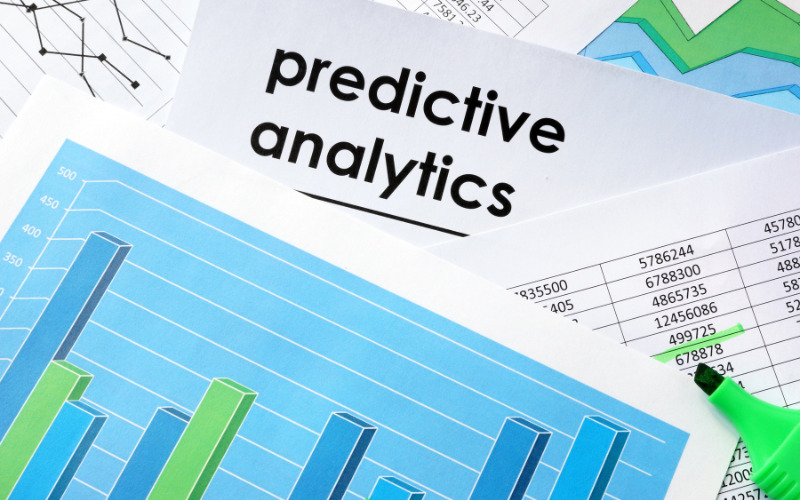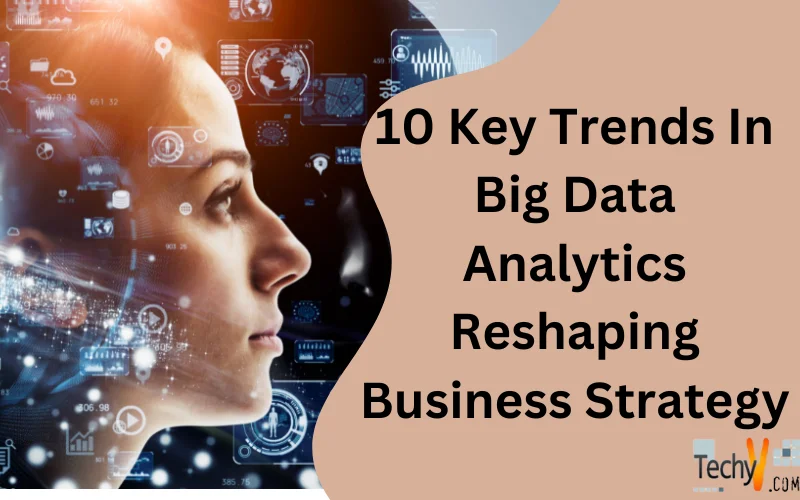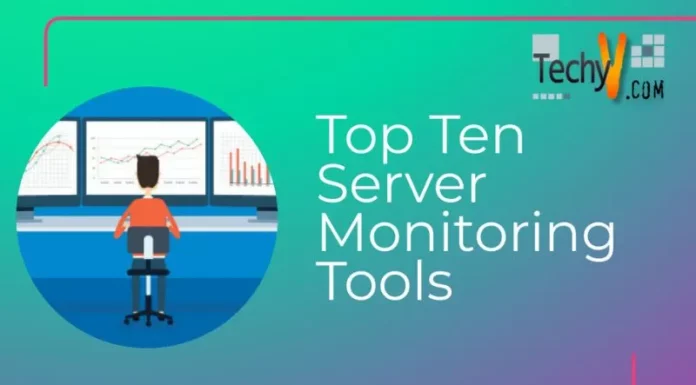Big Data analysis has become a powerful tool for reshaping business Decisions across industries. Large Data Sets have many secrets for the company’s growth, and these trends enable organizations to make data-driven Decisions in the future and gain the upper hand in their competition with other companies. There are many ways to get insights from the Big Data. The Big Data industry in India is going through a rapid and extensive transformation. As of 2023, significantly impacting various industries and customer-centric approaches, organizations are better equipped to make decisions and stay ahead in a competitive market.
1. AI And Machine Learning Integration
Artificial intelligence has become an irreplaceable part of the Big data industry, enabling businesses to take insights from complex and extensively large datasets. Artificial intelligence and machine learning automate data processing to create desired data models for insights, predictive modeling, and anomaly detection in datasets empowering companies to make data-driven decisions.
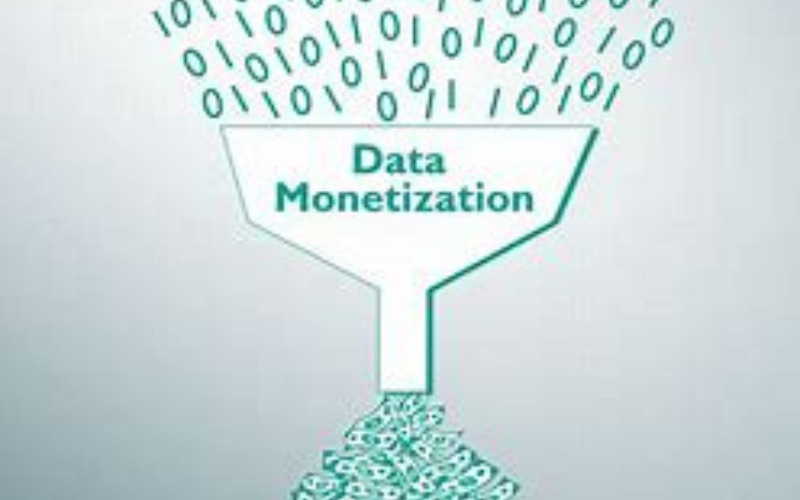
2. Real-Time Data Analytics
In data analytics, real-time Insights from the company’s data set promote business intelligence to empower organizations for data-driven decisions that respond to dynamic market conditions. It points out the emerging opportunities for the company before its competitors find out.
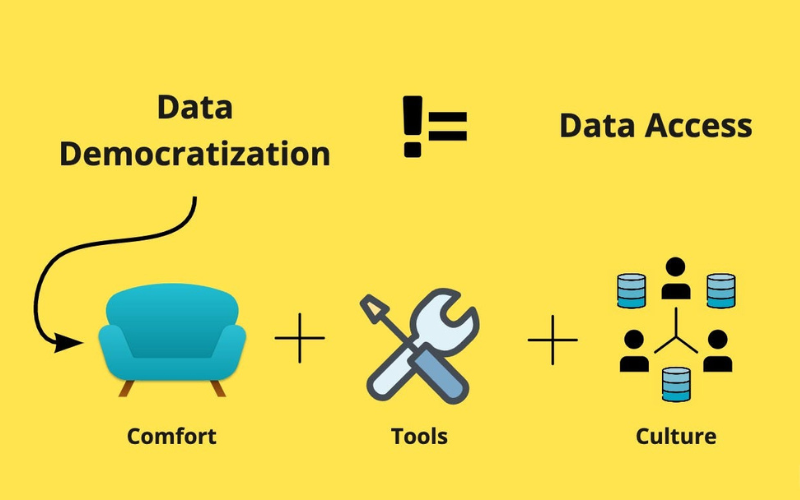
3. Edge Analytics Proliferation
Edge analytics is the processing of data near the source to reduce latency and the requirement for bandwidth. IoT devices can capture a variety of data and a large quantity of data. This collected data is processed at the source device to reduce analysis time by the central server enabling rapid decision-making in remote or resource-constrained environments.
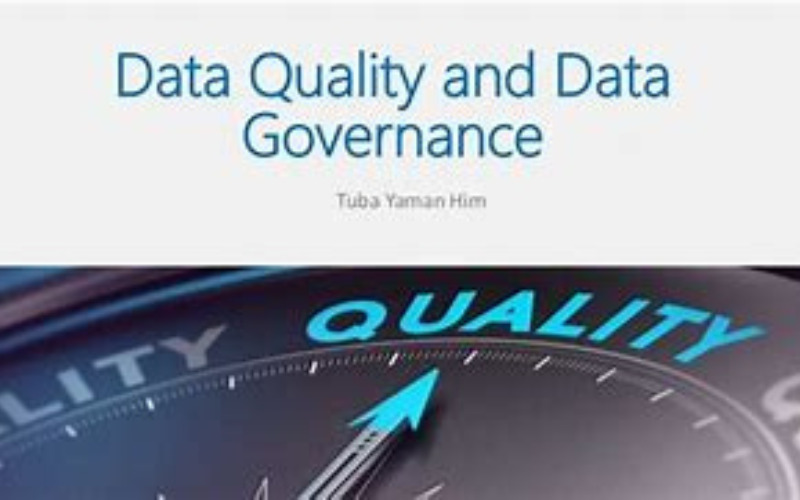
4. Data Privacy And Security Focus
Many companies suffered from data breaches in the past due to a lack of security features, but now data security and privacy are the company’s main focus. Businesses are investing a lot in security infrastructure, taking safety measures to protect sensitive information and gain users’ trust in their data.

5. Data Democratisation
Big data is not just limited to IT Industry but is adopted by other industries also stepping into big data. It is becoming more accessible to non-technical users with the help of user-friendly platforms and self-service tools. More and more businesses are joining the big data revolution. Democratization authorizes employees across the organization to access and analyze data, enabling a data-driven culture.

6. Data Governance And Quality Management
Big Data’s main data governance is what type of procedure, policies, and frameworks the organization uses to collect, store, process, and use. Data Quality Management is steps and systems to check the data’s accuracy, consistency, and reliability. Data with governance and quality management is just good data. It is responsible for incorrect results.
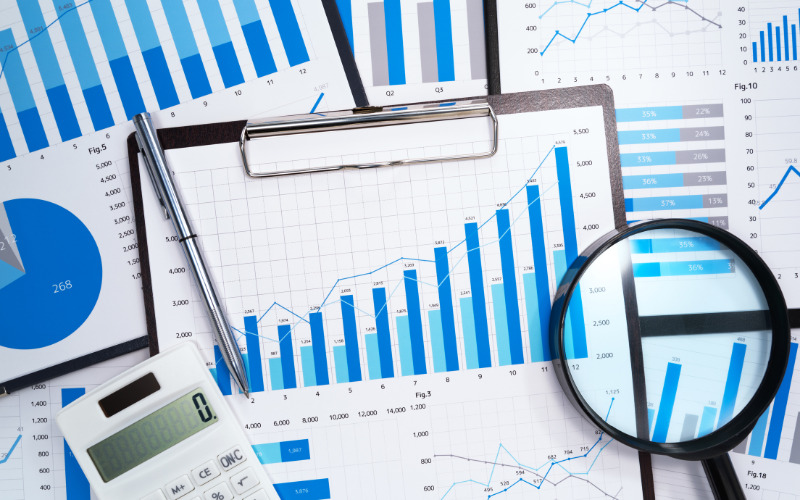
7. Predictive And Prescriptive Analytics
Along with descriptive analytics, Predictive and prescriptive Analytics is going popular within the industry. These advanced analyses predict future trends and find potential issues in services or products. It suggests the optimal answer for the actions needed to solve the problem and help to plan.
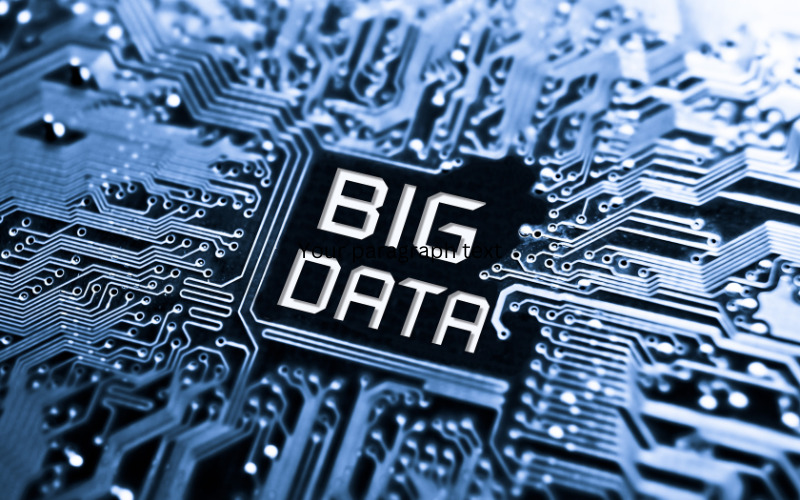
8. Big Data In Customer Experience
Businesses are taking advantage of Big data to provide a personalized experience for their customer. It refers to the massive volume of data generated from the source. Companies analyze customer behavior and the pattern in their preference, allowing them to offer specific products, services, and marketing campaigns to enhance customer satisfaction and loyalty.

9. Data Monetization Strategies
Big data has become one of the most valuable assets for companies. As it grows, the chances to monetize the data increase. There are various ways to monetize big data, like direct selling to third parties, offering specific data-related services, or using strategic partnership data that can be monetized for big companies.

10. Sustainability Analytics
Sustainability for the environment is a major concern at the time. As technology evolves, humans are constantly damaging our environment, and as for concerns are driving the adoption of sustainability analytics. For our future generation, we have to save enough resources so that the next generation can benefit from the resources we reserve now. Organizations analyze their environmental impact, optimize resource usage, and implement eco-friendly practices, aligning their strategies with sustainable development goals.
